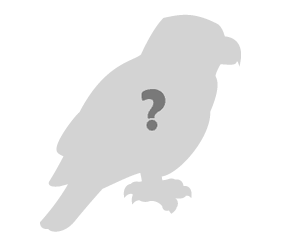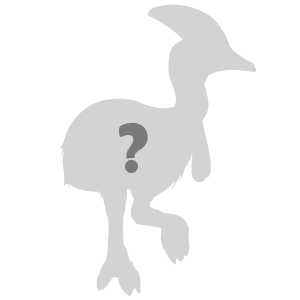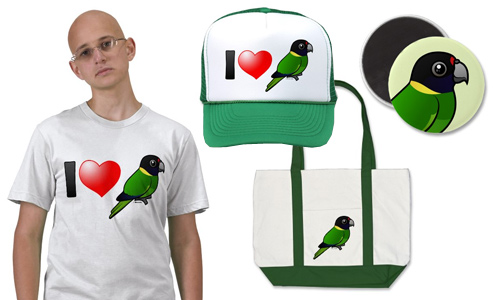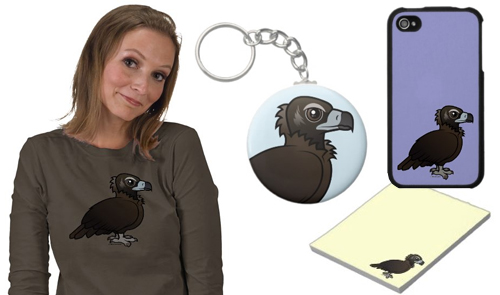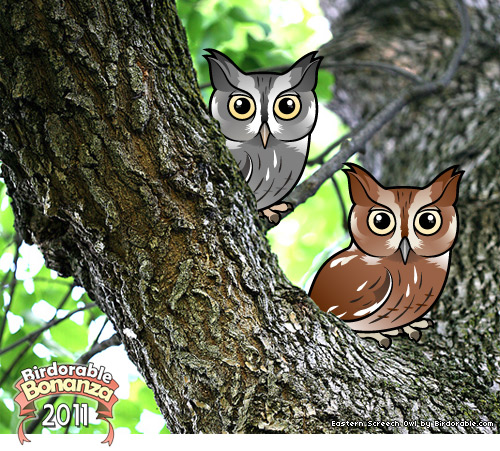
Today’s bird, and the 9th species in the Birdorable Bonanza, is the Northern Goshawk!

Northern Goshawk by dracobotanicus
Northern Goshawks are large Accipter birds of prey that live across parts of the northern hemisphere. They are secretive birds proficient at hunting and known for their fierce defense of nest and territory. Idaho biologist Rob Miller is studying Northern Goshawks as he persues a masters degree in Raptor Biology. Follow his blog to learn more about this fascinating species. Read his study abstract and then pay attention this coming spring for the new field season to begin!

Tomorrow bird is a goose with pink feet. Can you guess what it will be?






